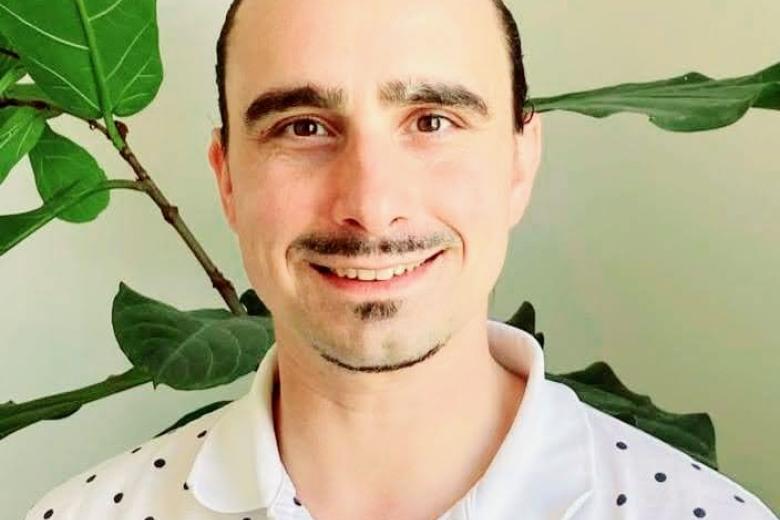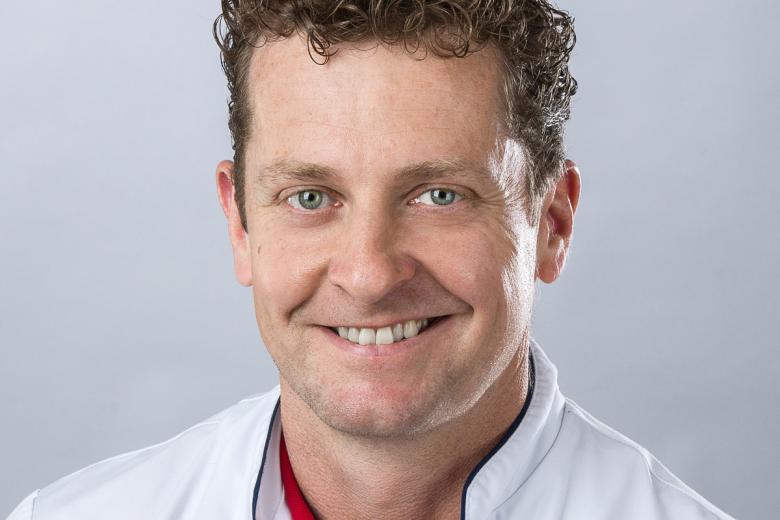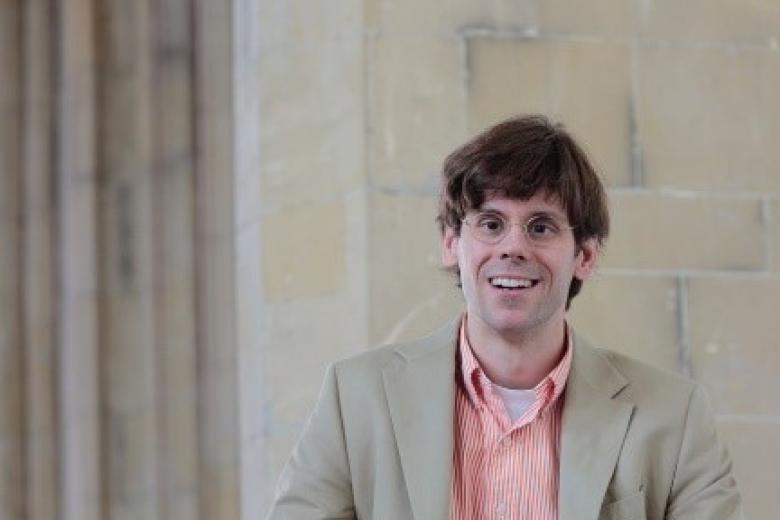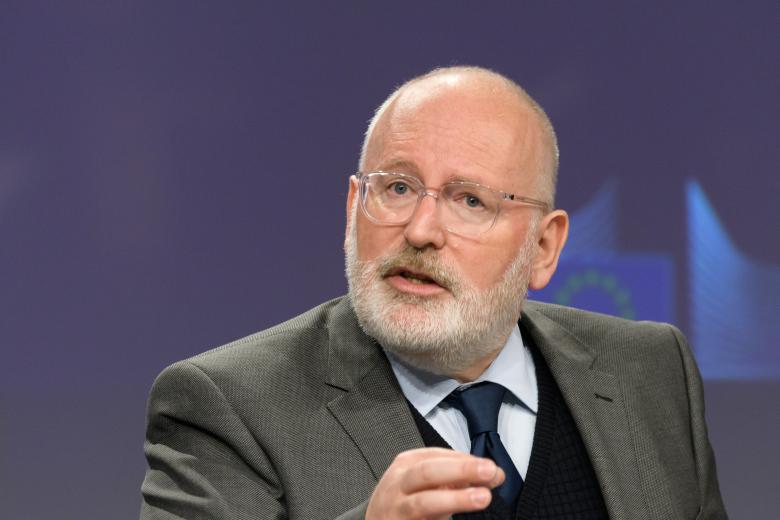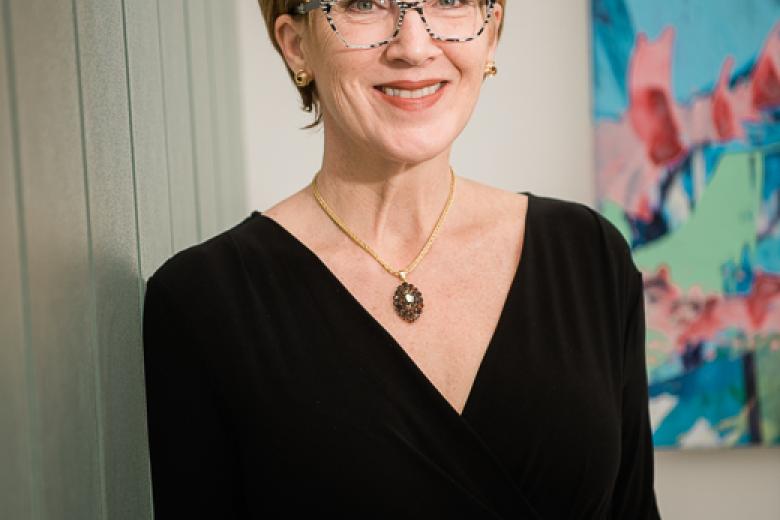Unfortunately, pregnancies are not always without complications. Although complications are treatable in some cases, prevention is better than cure. It is therefore useful if an obstetrician or gynecologist can make a good assessment of the possible risks at the start of pregnancy.
Early risk selection in pregnant women can be improved by applying risk models. In the Expect study I, we selected all existing risk models that predict the individual risk of preeclampsia, gestational diabetes, growth disorder or spontaneous preterm birth based on maternal characteristics and blood pressure from the medical literature. We then investigated whether these models perform sufficiently in the Dutch population. A total of 2614 pregnant women in the province of Limburg participated in the study. The models for preeclampsia, gestational diabetes and an oversized child showed a useful predictive power. For the complications of growth retardation and spontaneous preterm birth, the models performed insufficiently.
In the Expect study II, models for estimation of the risk of preeclampsia or gestational diabetes have been applied in maternity care in combination with care pathways tailored to the personal risk. The results show that the models have been widely used. Additional advice and measures have been widely discussed and applied in a significant group of women. The research shows that more healthy babies were born during the application of the new birth care, especially among women who were pregnant for the first time. In addition, the new birth care has led to a significant cost reduction of an average of €2,700 per pregnancy.
Some publications of the Expect study
External Validation Study of First Trimester Obstetric Prediction Models (Expect Study I): Research Protocol and Population Characteristics
Studieprotocol Expect study I.
Implementation and Effects of Risk-Dependent Obstetric Carin the Netherlands (Expect Study II): Protocol for an impact Study
Study protocol Expect study II.
Calcium intake from diet and supplement use during early pregnancy: the Expect study I
This article analyzes women's calcium intake during the first weeks of pregnancy. Both diet and supplement use are considered.
External validation and clinical usefulness of first trimester prediction models for small- and large-for-gestational-age infants: a prospective cohort study
External validation of prediction models that predict the chance of having a child with a very low or a very high birth weight early in pregnancy.
External Validation and Clinical Usefulness of First Trimester Prediction Models for the Risk of Preeclampsia: A Prospective Cohort Study
External validation of prediction models that predict the risk of preeclampsia early in pregnancy.
Prediction models for the risk of spontaneous preterm birth based on maternal characteristics: a systematic review and independent external validation
A systematic review and also external validation of prediction models that try to predict spontaneous preterm birth using information from the pregnant woman. External validation is used to determine to what extent the globally published calculation models are reliable for the Dutch population. A conscious choice was made for calculation models that use information that is already present in the medical file, or can be easily obtained, such as age, height and origin.
Should women be advised to use calcium supplements during pregnancy? A decision analysis
This article maps the impact of various strategies to advise pregnant women calcium supplementation (calcium tablets) on the prevention of preeclampsia and associated costs.

